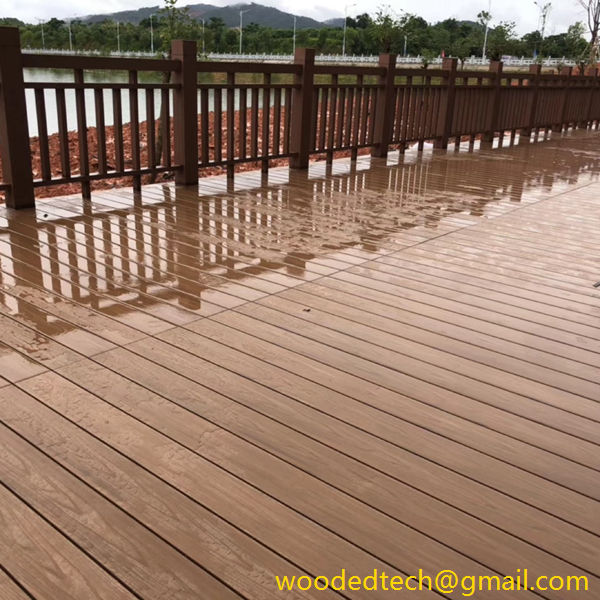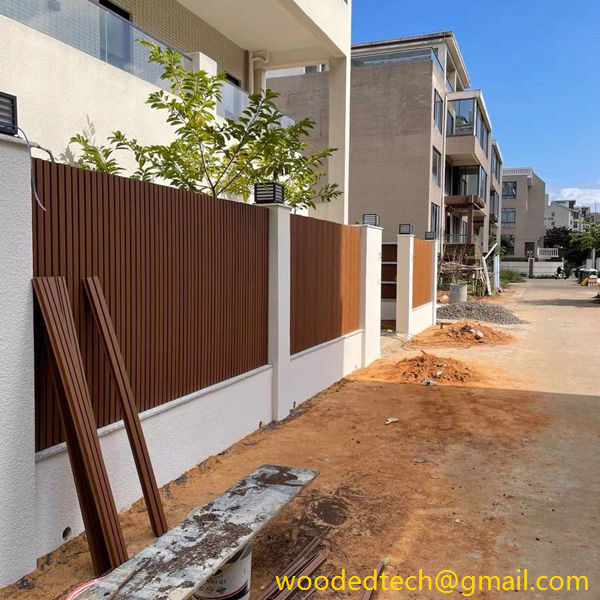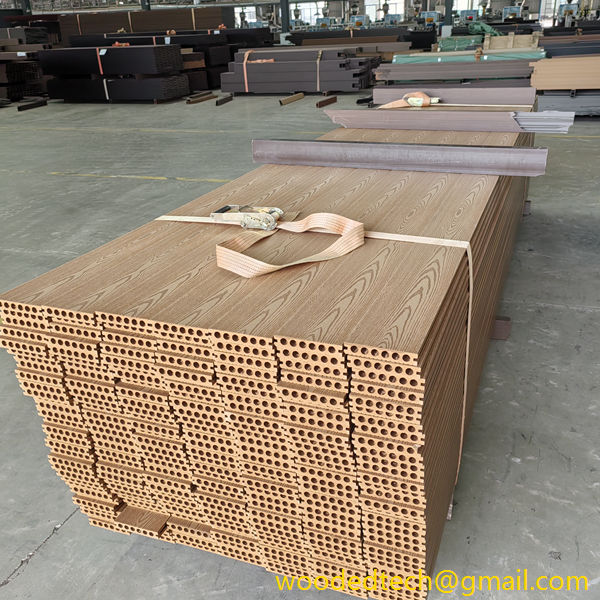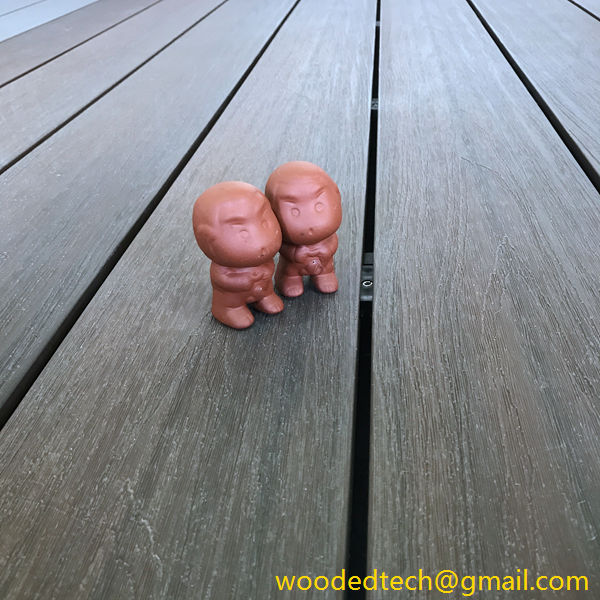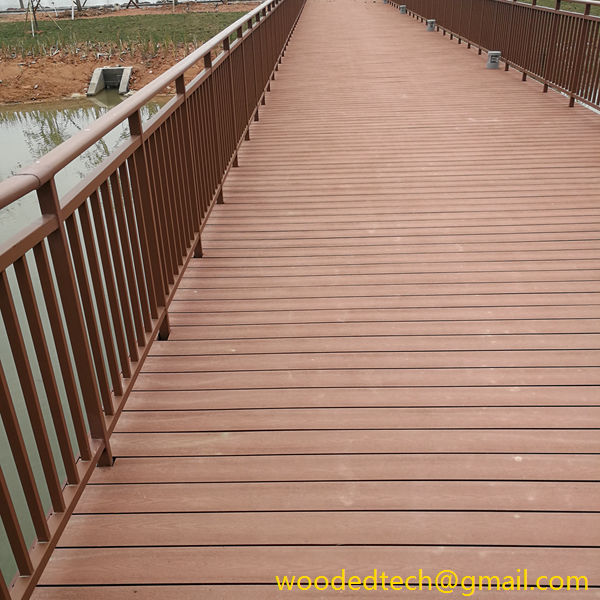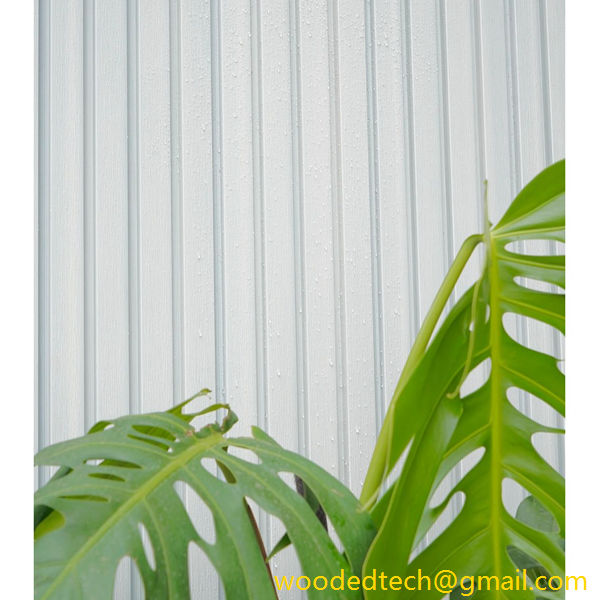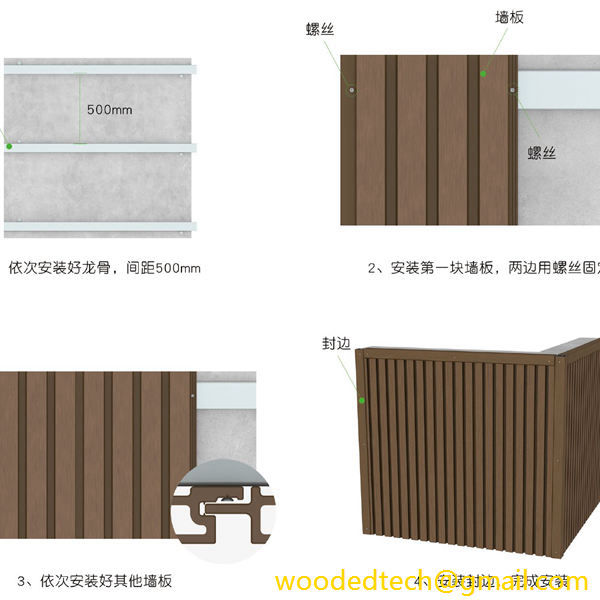How to Clean WPC Flooring: Best Practices for Cleaning WPC Flooring
How to Clean WPC Flooring: Best Practices for Cleaning WPC Flooring WPC flooring, which stands for Wood Plastic Composite flooring, has gained immense popularity in recent years due to its durability, aesthetic appeal, and ease of maintenance. Composed of a blend of wood fibers and plastic, WPC flooring is not only resistant to moisture but…
How to Clean WPC Flooring: Best Practices for Cleaning WPC Flooring
WPC flooring, which stands for Wood Plastic Composite flooring, has gained immense popularity in recent years due to its durability, aesthetic appeal, and ease of maintenance. Composed of a blend of wood fibers and plastic, WPC flooring is not only resistant to moisture but also provides a warm and natural look that can enhance the beauty of any space. However, like any flooring material, it requires regular cleaning and maintenance to keep it looking its best. In this article, we will explore the best practices for cleaning WPC flooring and ensure its longevity and appeal.
One of the primary advantages of WPC flooring is its resistance to scratches, dents, and water damage. This makes it an ideal choice for high-traffic areas in homes and commercial spaces. Despite its durability, regular cleaning is essential to prevent dirt, dust, and stains from accumulating. The cleaning process is relatively straightforward, but it is important to follow specific guidelines to avoid damaging the surface.
Before diving into the cleaning process, it’s crucial to gather the necessary tools and materials. You will need a soft-bristle broom or vacuum cleaner with a soft attachment, a microfiber mop, a bucket, and a gentle cleaning solution specifically designed for WPC or vinyl flooring. It is advisable to avoid harsh chemicals, abrasive cleaners, or scrubbing pads as they can scratch or dull the surface of the flooring.
Start by removing loose dirt and debris from the floor. Use a soft-bristle broom to sweep the surface thoroughly, making sure to reach corners and edges where dirt tends to accumulate. Alternatively, you can use a vacuum cleaner with a soft brush attachment to effectively remove fine dust and dirt. Regular sweeping or vacuuming will help maintain the flooring’s appearance and prevent dirt from scratching the surface.
Once the loose debris has been removed, it is time to mop the floor. Fill a bucket with warm water and add a small amount of the recommended cleaning solution. Always follow the manufacturer’s instructions regarding the dilution ratio. Excessive cleaning solution can leave a residue, which may dull the finish of the WPC flooring over time.
Using a microfiber mop, dip it into the cleaning solution and wring it out thoroughly. The mop should be damp, not soaking wet, to avoid excess moisture on the floor. Excess water can seep into the seams of the flooring, which may lead to warping or other damage. Begin mopping in one corner of the room and work your way towards the exit, ensuring that you cover the entire area. Make sure to rinse the mop frequently to avoid spreading dirt around.
For stubborn stains or spills, it is essential to act quickly. Blot the area with a clean, dry cloth to absorb as much liquid as possible. For tougher stains, such as ink or food substances, you can use a mixture of warm water and the gentle cleaning solution. Apply the solution to a soft cloth and gently rub the affected area. Avoid using abrasive materials that can scratch the surface. If the stain persists, consult the flooring manufacturer’s guidelines for recommended stain removal methods.
In addition to regular sweeping and mopping, it is essential to establish a routine cleaning schedule. Depending on foot traffic and the environment, you may need to clean your WPC flooring weekly or bi-weekly. In high-traffic areas, such as entryways or kitchens, more frequent cleaning may be necessary to maintain its appearance.
Protecting your WPC flooring from potential damage is also crucial. Place mats or rugs at entry points to reduce the amount of dirt and debris tracked onto the floor. Additionally, consider using furniture pads under the legs of chairs and tables to prevent scratches when moving them. Avoid dragging heavy furniture across the surface, as this can lead to dents and scratches.
Another aspect of maintaining WPC flooring is controlling humidity levels in your home. While WPC is more resistant to moisture than traditional hardwood, excessive humidity can still affect its performance. Use a dehumidifier in areas prone to dampness, such as basements, to maintain a stable environment. Conversely, during dry seasons, consider using a humidifier to prevent the flooring from drying out and potentially warping.
In summary, cleaning and maintaining WPC flooring is a straightforward process that requires regular attention. By sweeping or vacuuming regularly, mopping with the appropriate cleaning solution, and addressing stains promptly, you can keep your flooring looking pristine. Establishing a routine cleaning schedule and taking preventative measures will extend the life of your WPC flooring and enhance its appearance. With proper care, WPC flooring can provide a beautiful and durable surface for years to come, making it a worthwhile investment for any home or commercial space.

